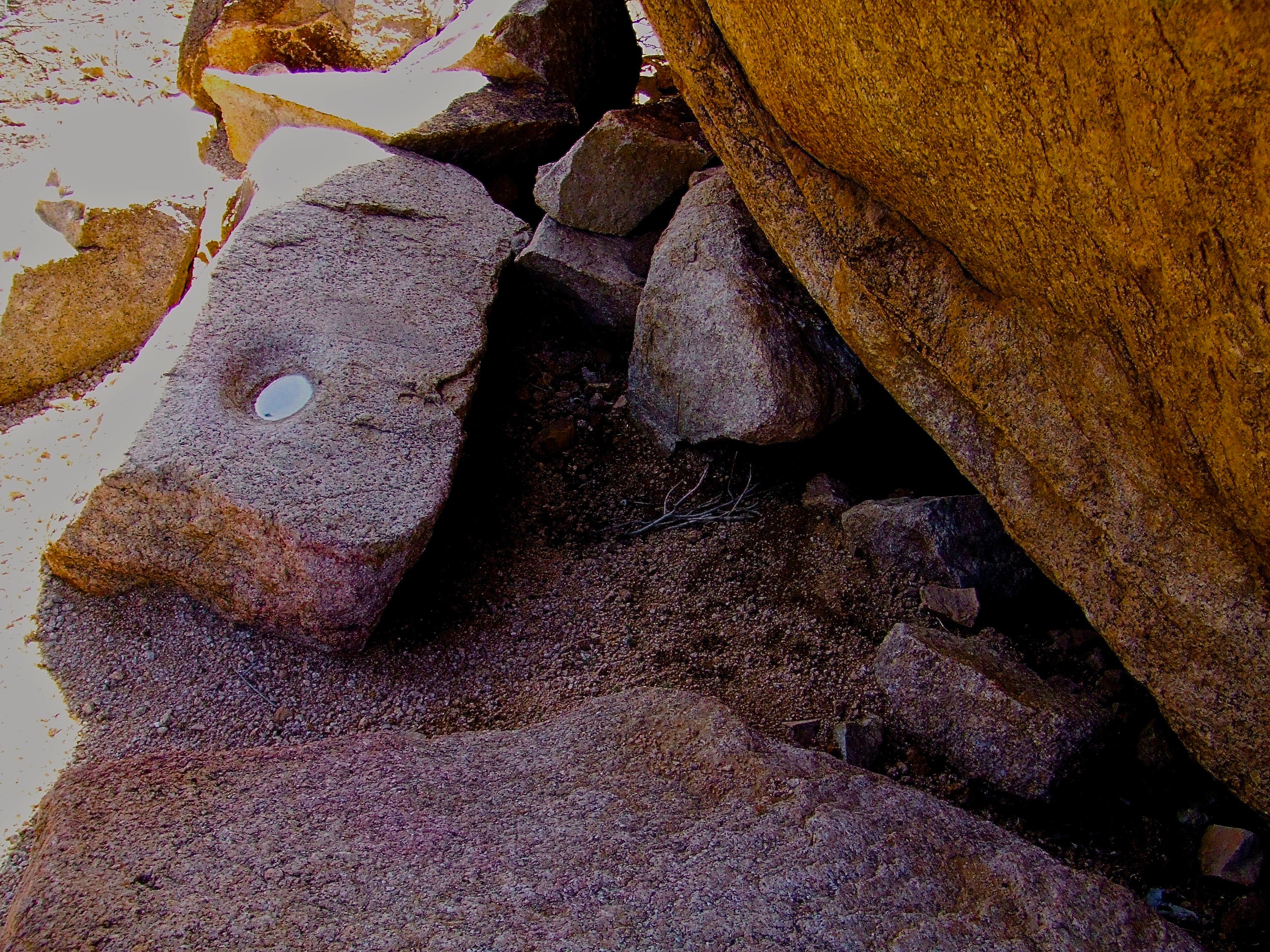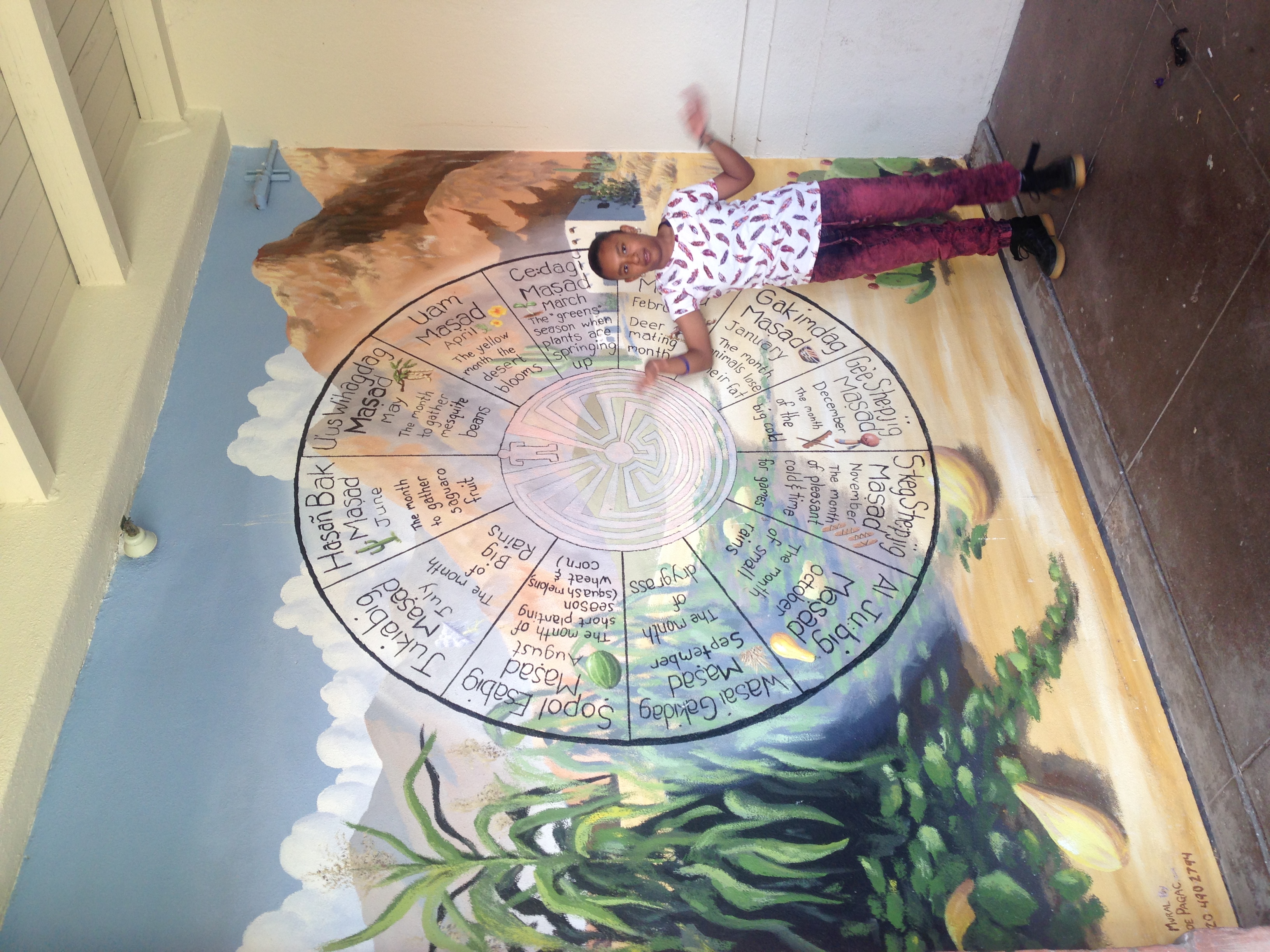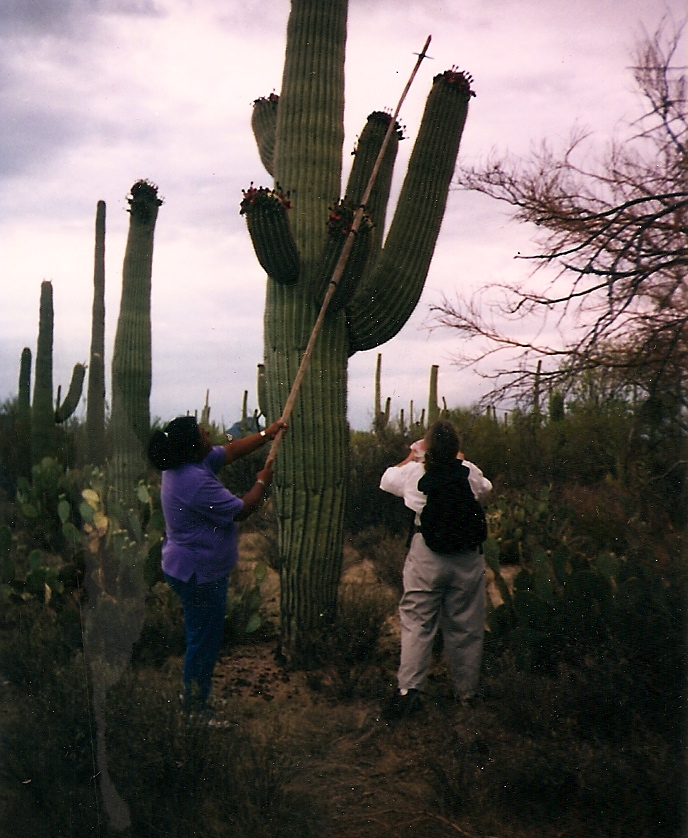
- Home
- DESERT::PLACE
You are Here! Welcome to the Sonoran Desert, one of the most unique places on the planet! The beautiful saguaro cactus only grows here and bears delicious edible fruit, a staple and sacred food to indigenous people for thousands of years. The Sonoran Desert is the lushest and most biodiverse desert! |
The Sonoran Desert region is located in the southwest US / northwest Mexico borderlands, and spans five states and two countries. There are seven distinct plant community subdivisions of the Sonoran Desert. Learn more about these subdivisions and the 5 seasons of the Sonoran Desert here. |
The Son
 oran Desert region includes Sky Islands, isolated mountain ranges in a "sea" of low-desert valleys. Native plants of the Sky Islands grow at elevations between ~3000-9,000' and include riparian habitat species. Sky Island native foods include acorns, manzanita and juniper berries, wild grapes, mushrooms, greens, herbs, etc. oran Desert region includes Sky Islands, isolated mountain ranges in a "sea" of low-desert valleys. Native plants of the Sky Islands grow at elevations between ~3000-9,000' and include riparian habitat species. Sky Island native foods include acorns, manzanita and juniper berries, wild grapes, mushrooms, greens, herbs, etc. |
Arizona Uplands subdivision has not one but two rainy seasons,
which support the growth of food-bearing bean trees, columnar and other cacti, and
other delicious, nutritious foods. Tucson, where Desert Harvesters is located, is the only major US city in the Arizona Uplands subdivision of the Sonoran Desert. |
Urban problems are really opportunities:: climate change has helped desert dwellers learn new ways to live in this place and in community in a more responsible and sustainable manner. |
|
Drylands strategies like rainwater and greywater harvesting and storage, passive and active solar energy production, and growing native food-bearing plants can help ensure a sustainable desert future. |
Appreciating indigenous wisdom: an ancient rain-filled bedrock mortar hole in the Tucson Mountains reminds us to honor the long, rich legacy of indigenous traditional knowledge, including wild food-harvesting, processing and preparation practices. |
Our Future: As "sunbelt" development continues beyond the survival capacity of drylands communities facing climate-change challenges, awareness is growing that sustainable solutions are needed. Local communities and organizations are empowering themselves and their youth to grow and harvest seasonal native and cultivated foods to enhance community health, connection to place, and to acknowledge and value traditional knowledge. |
Five Seasons of the Sonoran Desert: The intense heat and aridity of Dry Summer (May-June) sends many residents off to cooler locales. However, this is one of the most abundant times for harvesting delicious foods from bean trees and cactus. Saguaro fruit harvest (intro page from the cookbook) celebrates the coming monsoon with gratitude for the bounty of this place and prayers for rain. |
PHOTOS: hover over any photo to read a detailed caption in regular text or alt text for visually impaired website users
For specific information about Sonoran Desert plants, tending, processing, cooking etc. see our Native Food Guides

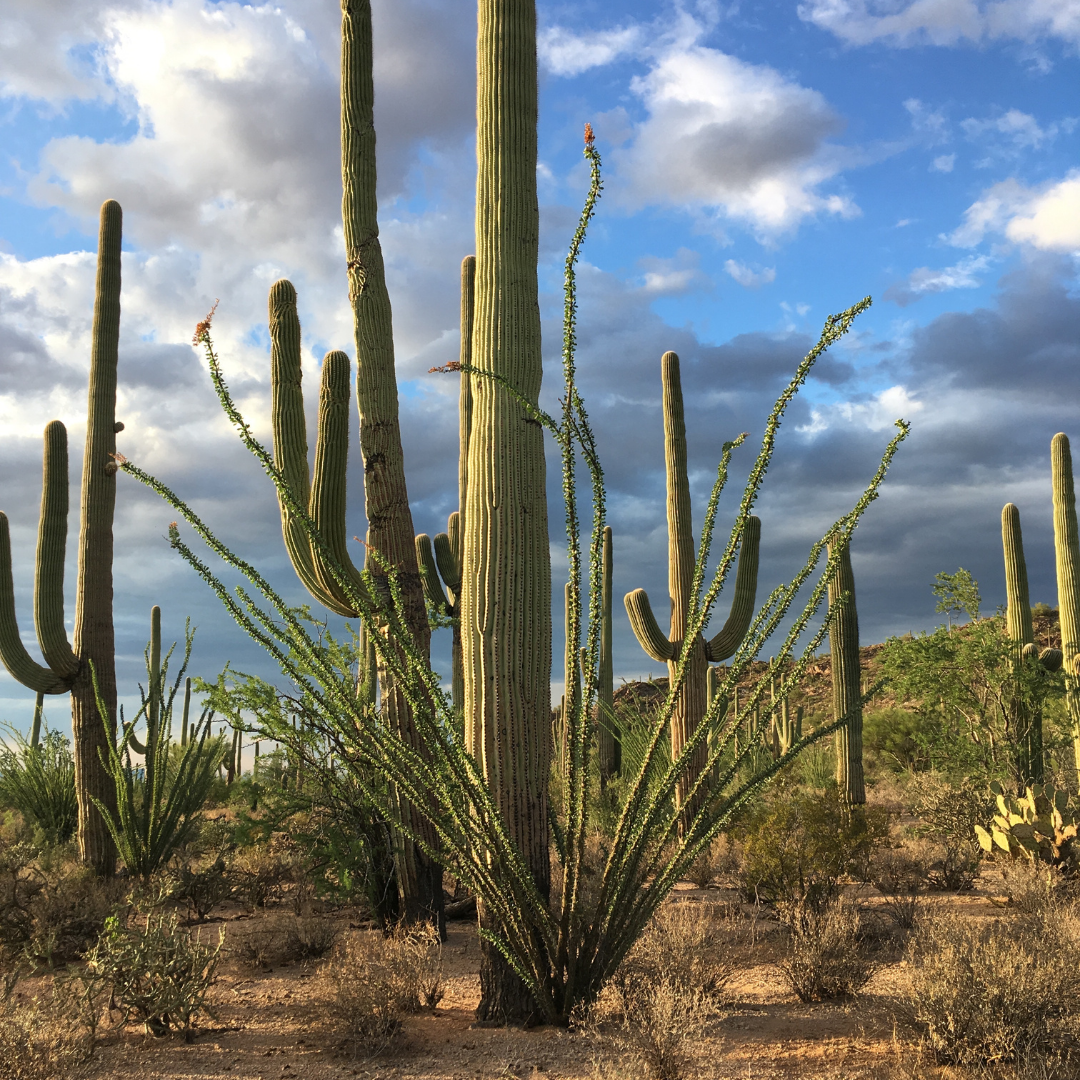
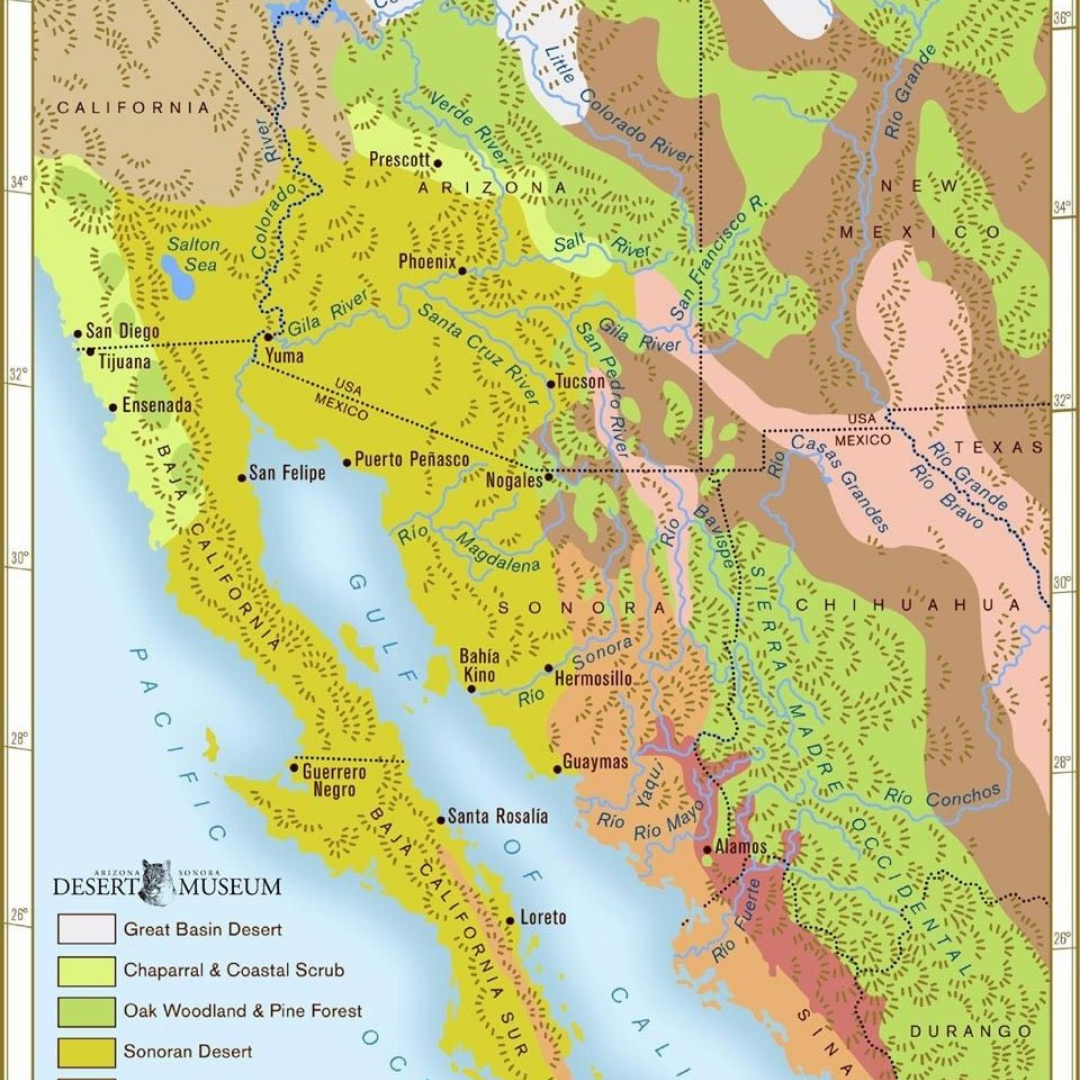


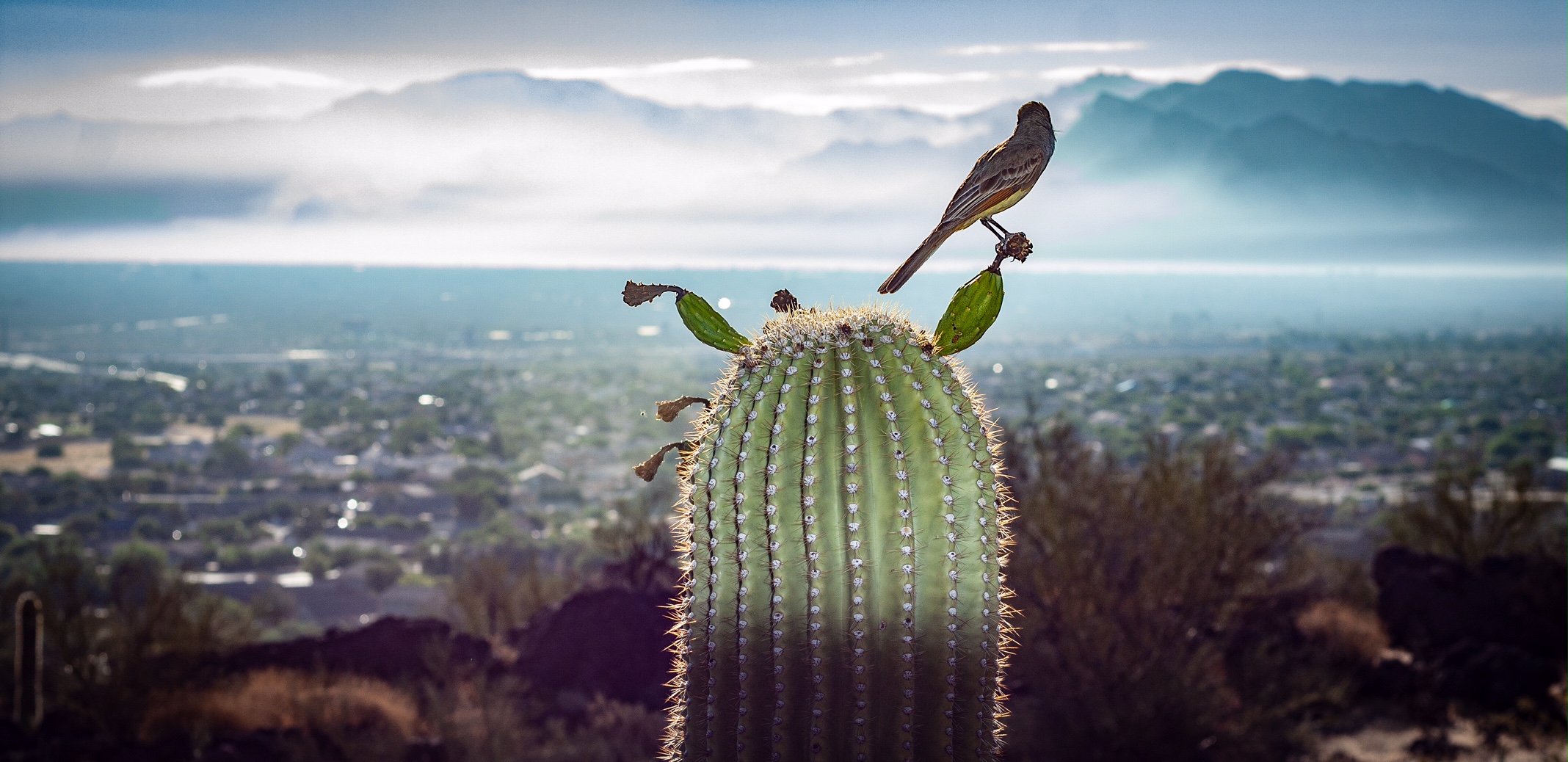 Re-wilding urban spaces by planting food-bearing, drought-tolerant, native species food forests, and growing them on harvested rainwater and greywater vs pumped groundwater or imported Colorado River water, increases food and water security in our desert community, which is one of Desert Harvesters main goals.
Re-wilding urban spaces by planting food-bearing, drought-tolerant, native species food forests, and growing them on harvested rainwater and greywater vs pumped groundwater or imported Colorado River water, increases food and water security in our desert community, which is one of Desert Harvesters main goals.
